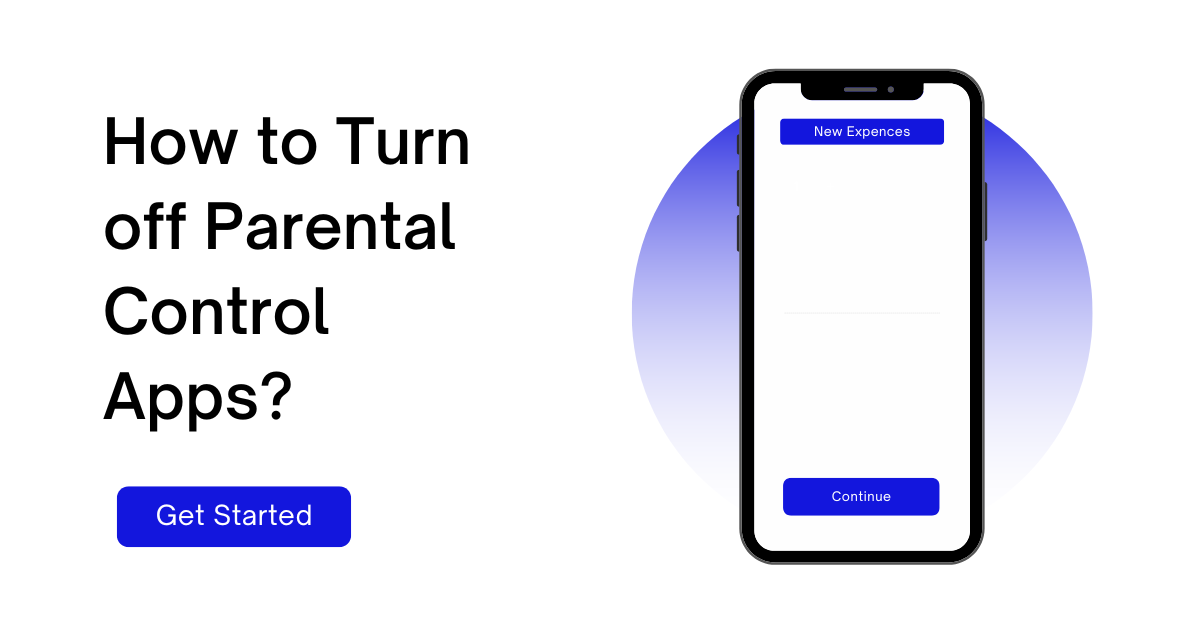In a modern digitalized environment, parental control has become an essential technology in a lot of families. They assist the parents to monitor as well as control the activities of their kids online, and therefore, a safer digital atmosphere is achieved. What then are parental controls, how do they work, and how to disable parental controls, we will discuss everything in this article.
What are the Parental Controls?
Parental controls refer to functions in devices and computing applications, as well as networks, that enable the parent or guardian to limit or observe what the children can receive. They are meant to keep the minor safe by blocking the improper content, blocking the screen time, blocking the harmful websites, and even purchase control or getting the app.
Parental controls are available on various platforms and devices; they include:
Operation of Systems: Windows, macOS, iOS, and Android do come with built-in parental controls settings.
Streaming Services: Platforms such as Netflix, YouTube, and Disney+ can limit access to content shown to children.
Gaming Consoles: PlayStation, Xbox, and Nintendo are equipped with parental controls that help regulate online relations and ratings of any game played.
Network Software and Internet Routers: There are network software and routers that allow parents to control and block websites or filter content of all network-connected devices in the home.
Reason of Using Parental Controls.
These controls are applied by parents for various reasons:
Content Filtering: To block children from accessing violent, explicit, and age-inappropriate content.
Screen Time Management: To ensure less time is spent by the children on the gadgets.
Purchase Control: To prevent unregulated purchase of items (apps, games, or in-app purchases).
Internet Safety: To limit contacts with unknown people or ban dangerous webpages.
Monitoring Activity: This is to monitor the online activity of the children to make them safe.
What is Parental Control?
Parental controls work by enabling restrictions or filters which define what a child can or cannot access on the equipment or at the internet service. For example:
Website Blocking: Web sites can be blocked (usually by URL, or by content types: gambling, adult content, etc.).
App Restrictions: It is possible to restrict access to some apps or games by rating or disable those completely.
Time Limits: Screen time limits can be undertaken on a daily or weekly basis.
Content Rating: Content that is not age appropriate of the child is not permitted.
This is because once installed, these controls usually involve use of a password or PIN to adjust the settings or unlock the restrictions so that the children cannot easily circumvent the restrictions.
Why and When one Should Turn Parental Controls Off?
In spite of the desirable nature of parental controls, at some point they are required to be disabled:
Age Appropriateness: Age appropriateness can also be problematic because as children become older they may want to be able to explore content that is of age appropriate level.
Erroneous Limitations: There is also a chance that parental controls cannot be very restrictive, because they will block the access to lawful websites or applications.
Device or Account Transfer: Transferring a device to another user that does not need such controls.
Failure to work: There can be interference with apps or services caused by parental fields and it can be temporarily disable.
How to Forcefully Turn off Parental Controls
Deactivating parental control differs to the platform or device. General steps of common devices and services are given below:
Windows 10/11
Open Settings Accounts > Family & other users.
Open the account of the child through the menu Your family.
Select Manage family settings online.
Log in to the Microsoft Family Safety portal.
At that point, it is possible to disable protection on the content, time, or even delete the child account from the family group.
macOS
Open the Preferences of the Open System.
Go to screen time.
Choose the user account of the child.
Click Click Options at the bottom left to turn off or restrict the Screen Time.
iPhone/iPad (iOS)
Go to open settings > Screen time.
Touch the name of the child in case the family sharing is turned on.
At the bottom of the screen, tap Turn Off Screen Time.
You will be asked to enter the Screen Time passcode.
Android
On the Google Family Link app, tap on it and open it.
Choose the profile of the child.
Go to the Settings tap Manage settings > Controls on Google Play, or Device restrictions.
It is possible to disable restricting or delete the account of a child.
Streaming Services (e.g., Netflix)
Go to the account via browser.
Select Parental controls in Account settings.
Type in your PIN and alter or delete restrictions.
Important Considerations
Deactivation of parental controls is to be done carefully. Assuming the controls are there to safeguard children, parents will not be able to remove the controls without discussing it and explaining to the children what may happen when the controls are removed. Parents should think of rolling back barriers gradually as the children prove trustworthy or are involved in a discussion on safe online conduct.
Conclusion
The parental controls are important tools to control and protect the digital experience of children. Nonetheless, when children are mature and situations are altered, it is also important to know how to disable these controls. Regardless of whether it is to be given more independence or to work out problems on the platform or specific apparatus, disabling parental controls is a simple process which is slightly different device or platform-wise. Never forget to keep a balance between safety and freedom and be open in communicating with children and responsible use.
